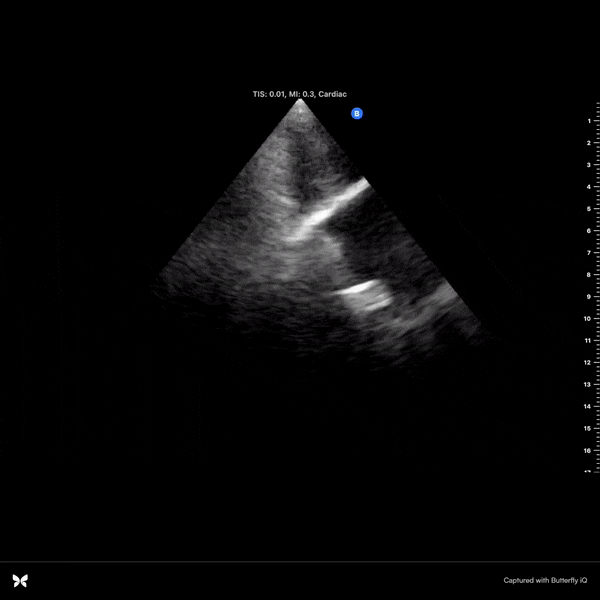Bariatric Echo Focused Assessment with Sonography for Trauma
Sean Graves, Celia Davis, Emily Finelli, Emma Hartnett, Garima Patel, Apurva Rane, Kara Wang, Dr. Mark Gartner

My team's senior design project focused on developing a medical trainer for the FAST Exam. The project aspires to highlight the differences in ultrasound fidelity and required probe pressure seen in an obese patient. Our current design was developed with the assistance of WISER (Winter Institute of Simulation, Education and Research), a medical facility that utilizes simulation based education to provide a safer environment for patients of the University of Pittsburgh Medical Center and its affiliates. This project's duration was 8 months.
During the project's duration, I have learned:
-
FDA Quality System Regulation (QSR) with emphasis on Design Controls
-
Forming and maintaining a comprehensive Design History File (DHF)
-
Risk Analysis (Fault Tree & Failure Modes & Effects Analysis)
-
Creating and conducting Verification and Validation Tests
-
Collecting Ethnographic Data in order to formulate User Needs
-
Project Management
Overview

The FAST exam (Focused Assessment with Sonography for Trauma) is a common diagnostic tool used by emergency medicine physicians when a patients arrives in the emergency room following an abdominal trauma. This involves a rapid evaluation of four key regions of the abdomen to identify free intraperitoneal or pericardial fluids in the cardiac region, right upper quadrant, left upper quadrant, pelvic region.



With obesity rates rising in the United States, current FAST Exam trainers are unable to properly teach students how to conduct the procedure on bariatric patients. The excess adipose tissue poses a challenge when obtaining an ultrasound image, so additional force and alternative hand positioning must be used. Without practice on a variety of body types, emergency medicine students may not be fully proficient in real-life scenarios.
Prototyping

_HEIC.png)
Our project began by brainstorming what we wanted the trainer to look like and what tasks can it perform. Dr. Adam Tobias, MD gave important feedback on the first prototype's planned features. Most importantly, a clear subxiphoid view of the heart was determined to be a vital feature that must be included in the final design.


Through testing with a ultrasound machine, we determined that the EcoFlex 30, a type of silicone, was satisfactory in terms of haptic feedback and ultrasound imaging.


Later iterations used a plaster mold that was modeled after a human torso.



This prototype utilized used ballistics gel as the heart material and polystyrene as the ribcage. A plaster mold was constructed and the anatomy was submerged in silicone.

At WISER, it was discovered that ballistics gel effectively mimicked cardiac tissue under ultrasound. Now that the three main components of this trainer (adipose tissue, ribcage, and heart) had been represented by appropriate materials, the final model could be constructed.


To create the final model, a life size plaster mold of a bariatric patient was constructed. We cropped mold in order to focus on the anatomy relevant for a subxiphoid view of the heart during a FAST exam. A skin layer was painted on and left to cure. After that, an enlarged polystyrene ribcage and ballistics gel heart were placed appropriately in the mold and Ecoflex-30 was poured into the mold and left to cure.

beFAST Final Model


Our final model was sized at a length of 12 inches, a width of 18 inches, and a height of 5 inches. The beFAST weighed 35.8 lbs. The Final Prototype of the beFAST was successfully able to get an ultrasound image of the heart as pictured below.
Clinician feedback was positive letting us know that the feel of the beFAST accurately represented the feel of a bariatric patient.

Personal Contributions
-
Served as Project Leader
-
Responsible for task assignments and document control/approval
-
Led the design and construction of the various beFAST prototype iterations and final model
-
Coordinated meetings with various clinicians and ultrasound professionals to review beFAST prototypes and receive design feedback
-
Created and conducted the Size and Mass Evaluation Verification Test
-
Assisted in transferring Excel eQMS to Greenlight Guru
-
Contributed to and assisted in maintaining the design history file
-
Helped with an infringement analysis in regards to obtaining an IP
-
Coordinated effort with Michelle Weaver of K&L Gates to file a provisional patent application


